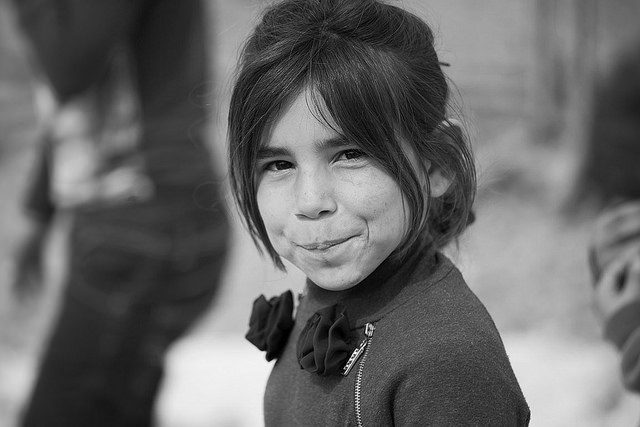There’s probably no period in history when a percentage of the population wasn’t on the move. Today, with the world population hovering around 7.3 billion, it’s inevitable that the number of people migrating or fleeing catastrophes or war will have increased vertiginously.
Mass population movements are documented already by the earliest writers, and, similar to what is happening today, the people involved were in search of better living conditions. For centuries, beginning in late antiquity, Germanic tribes from northern Europe flowed into the territories of the Roman Empire, contributing to its downfall. In history this era is known as the Migration Period (“Völkerwanderung” in German). The migrating people changed the political map of the European continent, leaving indelible marks — for example, the name of the Italian region Lombardy derives from the Langobards (Long-beards), the Germanic tribe holding power in Italy from the 6th to the 8th centuries.
Closer to our time are the people who fled England in the 17th century for religious reasons. They eventually came to North America, establishing the colonies of Plymouth (settled by Pilgrims), and Massachusetts Bay (settled by Puritans). But the tide didn’t stop there. It’s believed that in the decade 1630-40 (when the estimated world population was 550 million) approximately 10,000 people left England and crossed the Atlantic to the region now called New England. This exodus has gone down in the annals of history as the Great Migration.
The 20th century witnessed major upheavals in the aftermath of two world wars. There are bound to be a few Richmond residents who, like me, were directly or indirectly affected by these events. My paternal grandparents were Baltic Germans living in Riga who, together with many of their co-nationals, abandoned everything at the time of the Latvian War (1918-19) to flee to Germany. In 1956, my mother, father and I left Germany for Canada, on the last major wave of immigrants arriving from a war-torn Europe.
While history is full of accounts of movements of populations, the explosive increase in the quantity and rapidity of media coverage is unprecedented. With the fast pace at which events are unfolding, reporters are often imprecise in their language.
Migrant and refugee, used in the media as synonyms, are the words most often encountered. Migrant (from the Latin “migrare,” to depart) had entered the language by 1760. Refugee (from the French “refugier,” to take shelter) is earlier and initially referred to the French Huguenots who fled to England after the revocation of the Edict of Nantes in 1685. Refugees are also referred to as asylum seekers, based directly on the Latin “asylum” (sanctuary).
Although used interchangeably, migrant and refugee differ in their legal significance. People relocating are classified as migrants except when the reason for their migration is to flee from war or persecution, in which case they are called refugees. Migrants can be deported, but not refugees, according to the terms of the 1951 Refugee Convention.
Since we’ve had the Migration Period and the Great Migration, how will history designate the current phenomenon? If headlines are any indication, crisis won’t be missing from the name.
Sabine Eiche is a writer and art historian (http://members.shaw.ca/seiche/)



